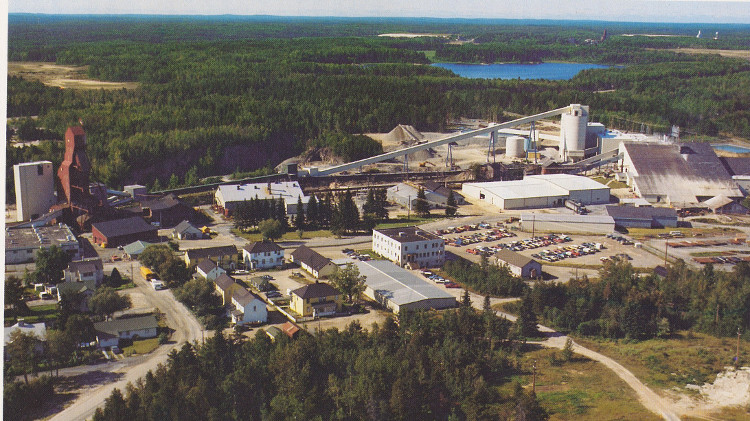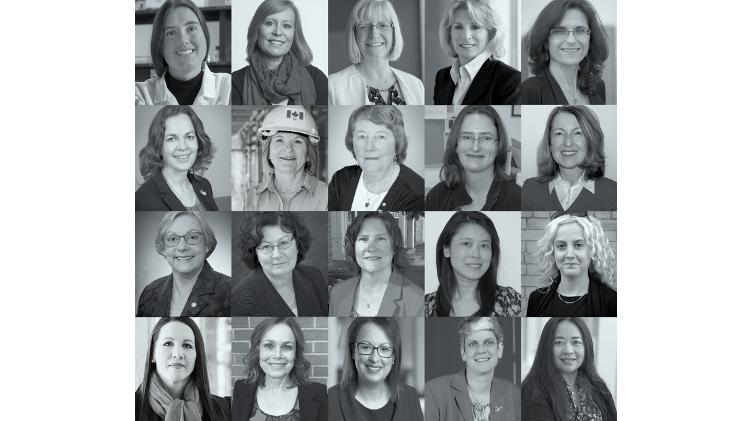Mauricio Vega. Courtesy of Weir Group
Mauricio Vega is the head of process optimization technology at Weir Group, a Scotland-based mining technology company. Over the past seven years, he has been at the forefront of Weir’s digital transformation, starting with developing equipment-level applications that deliver advanced insights into key Weir machinery such as cyclones and pumps.
Weir has always focused on improving its machines to enhance the entire mineral processing circuit. This was further emphasized in late 2023 with Weir’s acquisition of SentianAI, a Swedish software company specializing in artificial intelligence (AI) solutions that continuously learn and adapt to dynamic processes for mine optimization and improvement.
Vega and his team are now combining Weir’s expertise in equipment and metallurgy with AI to deliver advanced optimization solutions for mineral processing.
In a conversation with CIM Magazine, Vega discussed the value AI brings to mineral processing, the challenges of implementing it and the advantages of taking a holistic, system-wide approach to optimization.
CIM: How can artificial intelligence benefit mineral processing?
Vega: There is no doubt that current mineral processing plants and operations are working. There are standardized approaches, control systems and some very sophisticated automation systems. There is also no doubt that solutions [already] exist that perform certain analytics to optimize processes.
But where we think AI can be beneficial is when you think about mineral processing in a holistic way. By putting AI at a higher level and under proper conditions, we can use it to identify, for example, the reason for process variable drifts that are difficult to catch using existing techniques.
Another strength of AI is its ability to adapt to certain situations and identify disturbances to the process that are difficult, or even impossible, to measure directly—for example, changes in ore characteristics that affect process performance. I think that is the key use of AI.
From there, we can escalate that into adding other AI components. For example, once a disturbance or a drift in the process, or even a particular behaviour of the operator is identified, AI can recommend actions, send alerts and suggest setpoints for the operator to implement. This will help to optimize the process by avoiding downtime or increasing processing throughput to meet production targets.
CIM: What are the key challenges of deploying AI-based solutions at processing plants?
Vega: There are two main ways of looking at what the challenges are.
The first is from a data science perspective, looking at the availability and quality of the data. Sometimes, customers have issues with certain instruments or sensors that are either not working properly or simply not available at the mine. On the other hand, some customers will not allow a third-party system to be connected to their system to access the data. But that data access is a fundamental requirement for every AI solutions provider.
The other challenge is more about perception. Sometimes, customers require guidance to fully understand the scope and implications of deploying an AI-based solution. We need to ensure that the customer understands that the AI solution will sit alongside or on top of existing systems. It is not a black box that will generate actions that are impossible to execute.
As we stand now, we are not taking over their plant and we are not replacing any existing systems. Our AI systems are designed to complement what is already in place and help them to solve their most complex problems.
CIM: What are the advantages of optimizing entire circuits and processes rather than individual pieces of equipment?
Vega: As Weir started this digital journey, we made our equipment the focus and it was the right thing to do. But usually,
individual pieces of equipment do not sit alone in the flowsheet—they are always part of a circuit or functional area. If we look only at performance at the equipment level, it is possible to miss the whole picture, [and] it can be difficult to pinpoint what the real process issues and constraints are.
That is why now, we have taken a step up to analyze the interactions between all the equipment.
The best way to do that is by creating digital twins running in real time that will enable this holistic view by considering the metallurgy aspects, the process dynamics and the hard limitations.
AI can support this by quickly analyzing what is going on, identifying the bottlenecks and finding out what the limits of the process might be. The benefit of having this holistic view is to better understand the whole process and optimize from there.
CIM: What are some of the AI solutions Weir offers to its customers?
Vega: From an operational point of view, we have two main AI-based solutions right now, which are part of Weir’s NEXT portfolio of intelligent solutions.
One is the Intelligent Assistant for HPGR [high-pressure grinding rolls] circuit optimization. This solution considers the HPGR as the core component, but our interest is not in just optimizing the machine itself—we are interested in optimizing the entire circuit in which the HPGR operates. This means looking at key performance indicators that need to be optimized for the whole circuit.
Similarly, we have another Intelligent Assistant for the mill circuit, which targets the secondary grinding stage. This assistant focuses on optimizing the cyclone cluster, which handles classification, the slurry pump and the ball mill.
CIM: What could be some of the main reasons why mining companies have been slow to embrace AI and digital transformation?
Vega: We have seen some positive initiatives among many of our customers. Some have already built internal teams focused on advanced analytics and AI-based solutions. Others have engaged with consulting firms that specialize in AI. So, we have seen a trend towards adopting these kinds of technologies. In the same way, we have seen more customers become open to connecting their systems with third-party solutions for optimization purposes.
But one of the areas that is progressing more slowly is the pace of adoption. In the mining industry, downtime is extremely costly, so operations always need to stay on the safe side.
That mindset goes all the way down to the control systems, to the sensors and the mechanical equipment. Everything needs to be robust enough and built to sustain the stress of operating in a mine.
The same expectation applies to digital tools like Intelligent Assistants. If these AI-driven tools are not fully engineered, well-developed and well-tailored for these types of operations, I can understand why mines might hesitate to adopt them quickly.
However, we are getting there. Sooner rather than later, this will be adopted, and the market will dictate the pace.
CIM: What is the general outlook for AI-powered process optimization? How do you see AI further influencing mineral processing in the next few years?
Vega: There is a common misconception that AI is going to take over and make everything fully autonomous overnight, but that is not the case. I’m not saying full autonomy will never happen; it might someday, but not in the short term.
The outlook that I see instead is a gradual evolution where AI systems will support the decisions made by operations personnel, metallurgists and process engineers on a day-to-day basis. AI will become a powerful tool for forecasting production levels or predicting where the process will be in matter of days, hours and minutes so that people on-site can respond proactively rather than reactively.
Also, we have been talking about the operational part of the plant, but as part of the operation, maintenance comes into play as well. We are already seeing early examples where AI can diagnose equipment failures using real-time data for predictive maintenance.
In the future, AI systems could go beyond diagnostics. AI could be used to determine, for example, that a slurry pump is no longer able to meet performance targets, and then recommend downtime for part replacement, and even trigger an automatic purchase order of spare parts.
This kind of integration, from operations to maintenance but also to finance and procurement, has always been tricky, but it is the direction we should be going.
Beyond the plant, in the mineral processing world, there is another possibility for integration of the mine pit with the processing plant. AI systems could be used to forecast ore quality and optimize the right spots for extraction.
There is this long-standing concept of “mine-to-mill” and AI-based solutions are an opportunity to finally make it a reality. AI could also enable plant-to-mine feedback, creating a virtuous cycle, where both ends of the operation continuously inform and improve each other. That’s how I see AI playing a big part in the future of mining operations.




